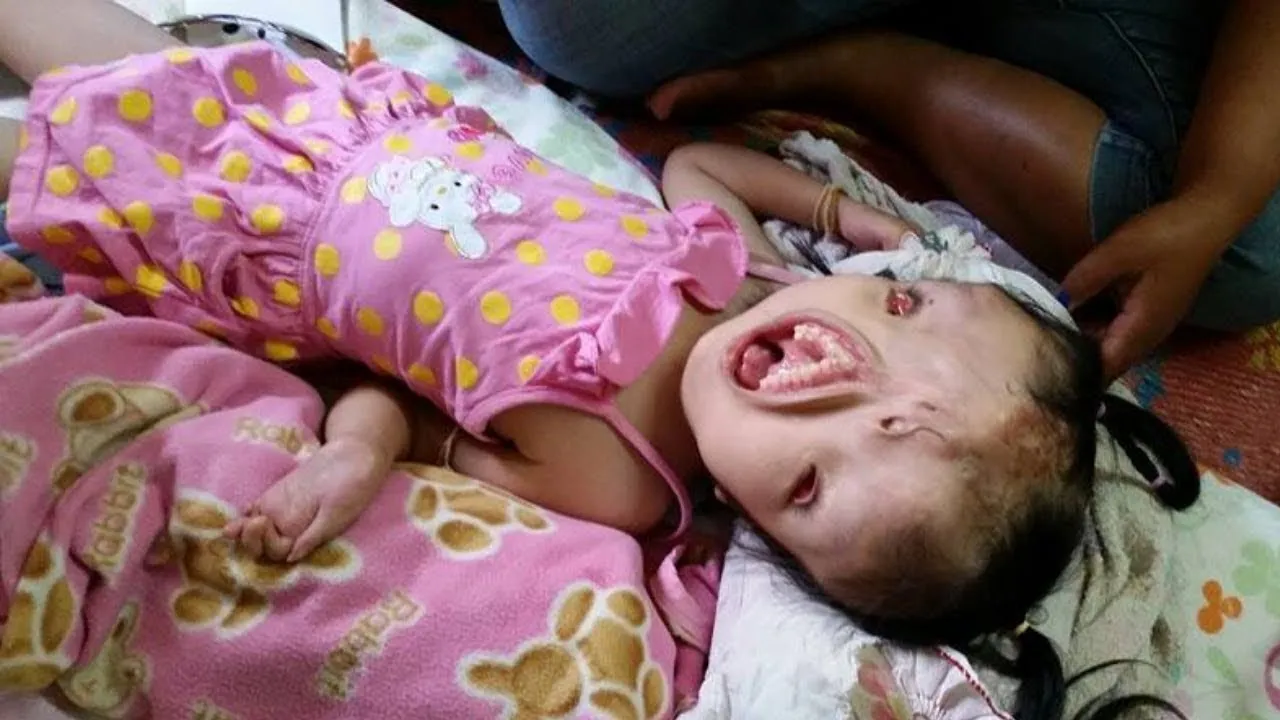A series of images recently circulated on the internet, portraying a family coping with the birth of a baby with deformities. These poignant photos vividly convey the family’s palpable sadness.
In the context of modern medicine, when parents discover during pregnancy that their child will be born with a deformity, the common course of action often involves contemplating adoption.


The emergence of deformed babies is often linked to premature delivery within ten months of pregnancy, introducing an added layer of complexity to the usually joyous anticipation of becoming parents. If a child is born with deformities, the impact on the parents is profound, and the child’s own suffering becomes unimaginable.
So, how do deformities manifest in children?
Deformities typically result from various harmful factors during the embryonic development stage. These factors may induce cell chromosome aberrations or inhibit cell mitosis, disrupting the natural differentiation and development of fetal organs.
Given the heightened activity in the biosynthesis of embryonic cells, cell differentiation, growth, and development occur rapidly, making the cells relatively fragile. Additionally, the embryo’s inefficient catabolism and excretion of toxins make it highly susceptible to harmful factors, resulting in damage and deformities.





